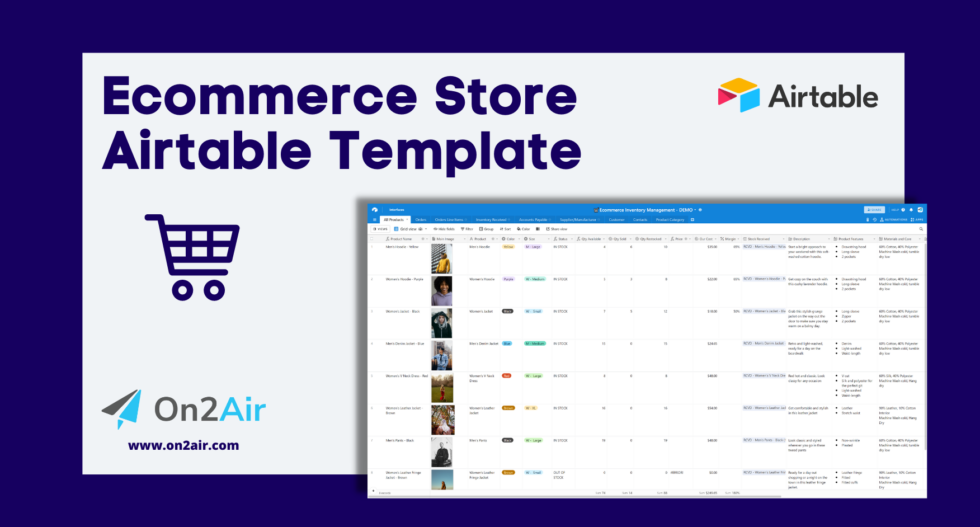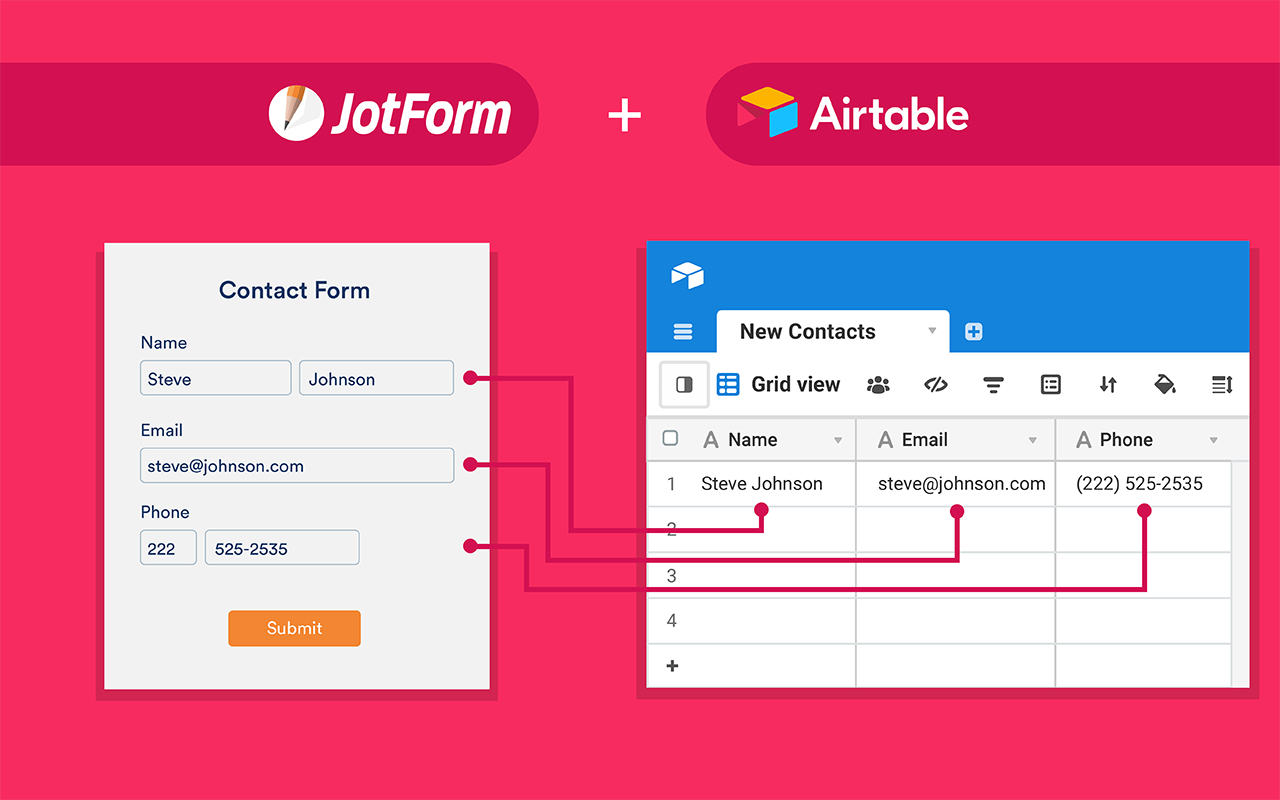

Imagine you’re collecting content requests from across your team. Streamline your work in minutes with a structured form that captures every detail, each time it’s submitted. Whether you’re reviewing job applications or receiving project requests, there are a lot of details to wrangle and you don’t want anything important to get overlooked.

Guide to using the form view - Other form view considerations are covered in this article."Owner" or "Creator" permissions are needed to create new form views as described in the article below By the end of this guide, you’ll be able to collect information from anyone and put it to use-all within Airtable.
#Air table forms how to#
In this guide, you’ll learn step-by-step how to create, customize and share an Airtable form. With Airtable forms, you can collect information from anyone with a custom form that plugs directly into your workflow. The formulas should be accessible once you've duplicated the base too!Whether it’s product feedback, a job application, or new project requests-there’s important information you need to collect from others that’s essential to your work.

If your primary field isn't the unique ID, you'll need to put in a "Find Record" action in thereĪfter it's linked, I've got a rollup that outputs that person's latest form submission time (The "Latest Submission for Person" field in the "People" table), and I use that to identify which form submission is the latest one.I then have a conditional lookup that displays the data from the latest submitted form. This is done via an automation that updates the new form submission by pasting the email into the linked field, and this works for me as I made the email the primary field of the "People" table. On form submission, it links the form to the correct record in "People" via the email. It has two tables, one for form submissions ("Form Submissions") and one for consolidated data ("People"), and assumes that you have a unique ID to identify the party submitting it, in my case, the email. I mostly like it because, in the event I want to add more fields to the form etc, I don't need to mess with the automations anymore, I just make more lookups. Both methods are equally valid but I favour the rollup version, and here's a base that does that.

The other method involves using a rollup with `MAX(values)` that'll grab the latest submitted form. The automation method involves making an automation that triggers on form submit, looks for the correct record in your consolidated data table, and updates that Yeap, you'd just need to consolidate the submitted form data somehow, and you can either use an automation or a rollup for that.


 0 kommentar(er)
0 kommentar(er)
